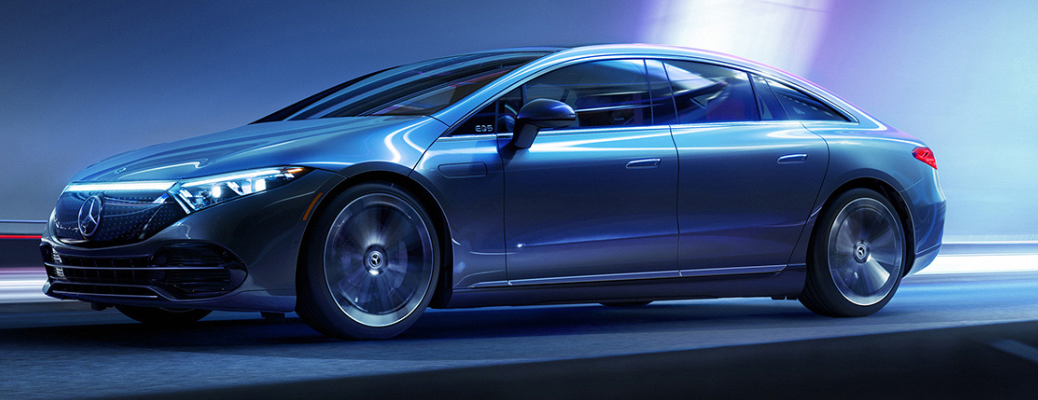Mercedes-Benz EQS environmental audit results
How sustainable is the Mercedes-Benz EQS model? Below, we have information from the Mercedes-Benz EQS environmental audit which was done for the Mercedes-Benz EQS 450+ model and which assesses the materials, production, operation, and recycling of vehicles. You can find Mercedes-Benz EQS models here at Mercedes-Benz of Arrowhead in Peoria, AZ.
Benefits of the Mercedes-Benz EQS for the environment
The most obvious benefit of the Mercedes-Benz EQS for the environment is that it does not use gasoline and doesn’t give off emissions from doing so. However, there are plenty of other reasons that the Mercedes-Benz EQS should be considered by environmentalists. Here are some fun facts about the Mercedes-Benz EQS.
- The Mercedes-Benz EQS is the world’s most aerodynamic production car.
- There are 176 pounds of recycled and renewable raw materials used in the manufacturing of a Mercedes-Benz EQS.
- The production site of the Mercedes-Benz EQS, called Factory 56, uses about 30% solar energy to supply its power.
- The floor coverings in a Mercedes-Benz EQS use regenerated nylon, which creates fewer emissions in its production than virgin materials.
- The battery of the Mercedes-Benz EQS can be used elsewhere after use in the car.
- Production of the lithium-ion batteries in the Mercedes-Benz EQS will be CO2-neutral starting in 2022.

Why is it important for a vehicle to be aerodynamic?
Most of the items on the list above speak for themselves, but not everyone knows the importance of aerodynamics in a vehicle. A vehicle that is aerodynamic is one that has a low coefficient of drag, or in simpler terms, a vehicle with a body shape that cuts through the air with the least amount of resistance. Aerodynamic vehicles like the Mercedes-Benz EQS need less power, which is great for the environment because less power means less fuel, which means fewer emissions.






